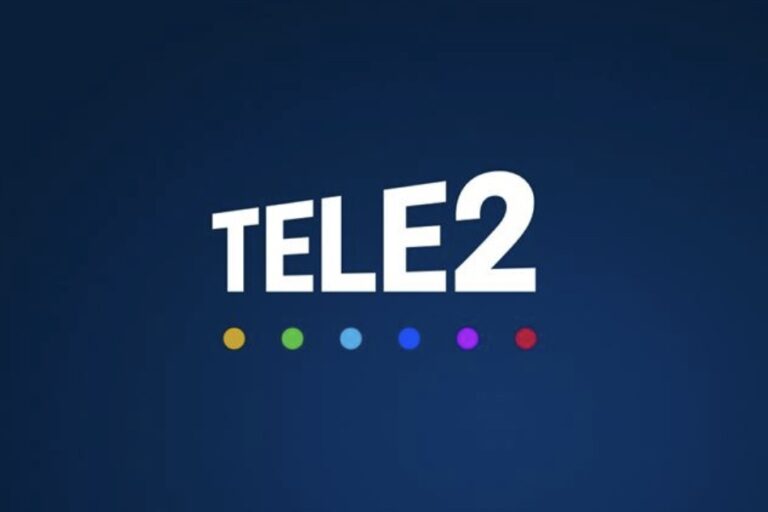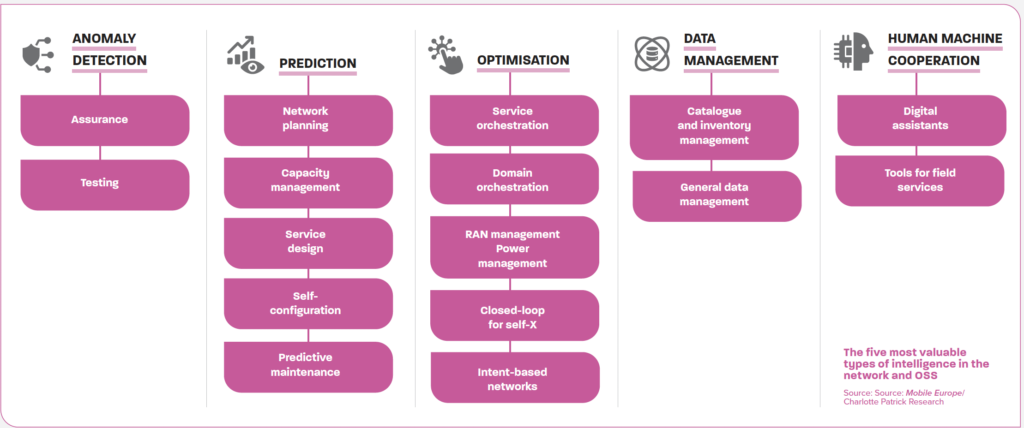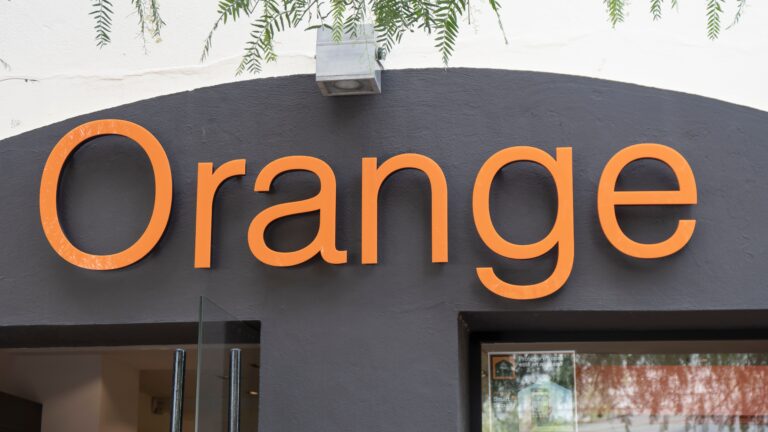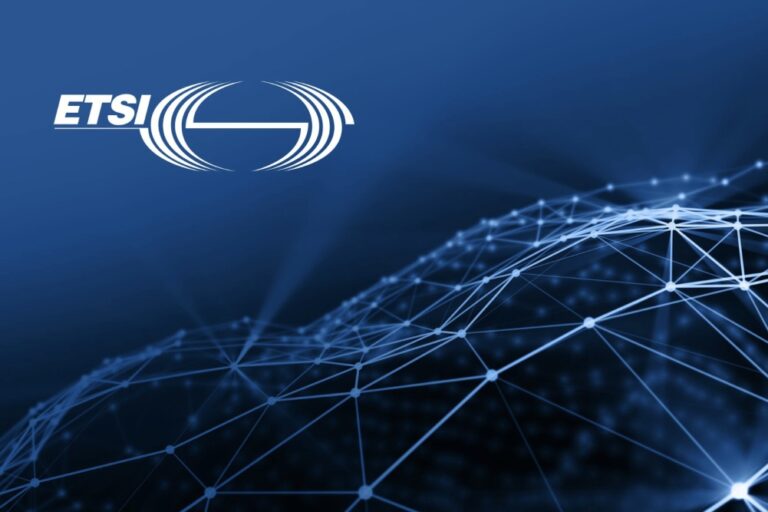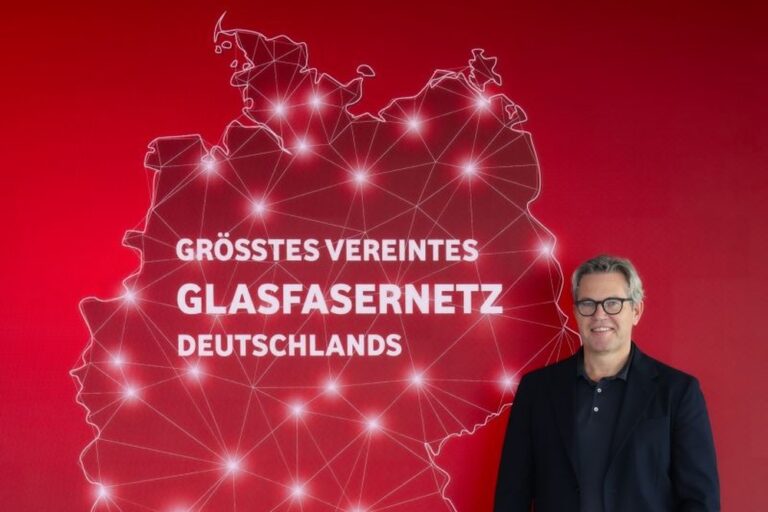Germany, the operator’s largest European market, is still cause for concern
Vodafone reported higher than expected sales growth at the end of 2024, but its shares are still trading at the close to their lowest point in 30 years. Some commentators (like The Times newspaper in the UK) think this latest earnings report, for Q3 of the financial year, should improve investors’ confidence.
It was not alone. Julie Palmer, partner at Begbies Traynor, said, “It’s been a long time coming, but Vodafone is building some momentum after a turbulent period and starting to see some benefits from significant investments in the UK. Strong performance in Africa also suggests scope for further growth in the increasingly important region for the multinational.
“Notably, the positivity surrounding a merger with Three, and major investment in 5G the CMA attached to that deal, could see the group enter a new era.”
Organic service revenue rose 5.2% in the quarter to the end of December, up from 4.2% in the previous three months, and better than analysts’ average expectation of 3.3%.
Vodafone Business, identified by the group’s CEO, Margherita Della Valle asa key engine for growth, saw demand for digital services, including cloud and security, continuing its upward trajectory, growing 4.3% in Q3 – it grew 4% in Q2.
Mixed news in the UK
The UK was the biggest contributor in Europe: organic service revenue grew 3.3%. However, this was due to rise of 72,000 broadband customers to reach a total of 1.549 million (in Q2 Vodafone added 50,000). Things are not so good on the mobile front with Vodafone losing 174,000 subscribers resulting in a customer base of 18.3 million. In Q2 Vodafone UK shed 93,000 customers.
Total revenue from Turkey, Africa and Europe was up 5% to €9.8 billion. Adjusted earnings before interest, taxes and other items rose 2.2% to €2.8 billion.
Della Valle confirmed that she expects Vodafone UK’s merger with Three UK to conclude by the end of June this year, so her third big project appears to be on track. Since becoming Vodafone Group’s CEO, Della Valle set out to reshape the group’s European footprint. Her first two goals are already complete, that is exiting the nprofitable markets of Spain and Italy – and thereby raising about €12.1 billion in cash.
The UK’s merged entity will overtake EE and Virgin Media O2 to become the UK’s largest mobile operator with 29 million customers but of course that is no guarantee of success. How well the businesses and their assets are integrated and operated is what matters.
Germany remains a drag
Despite this good news, Vodafone’s biggest market in Europe, Germany, continues to bog down the group. The country accounted for 34% of the group’s total organic service revenue, but German organic revenues fell by 6.4% in Q3, (a slight increase on the drop in Q2 which was 6.2%) as the opco continued to shed mobile and broadband customers. The country’s total sales fell by 7.6% to €3.1 billion.
Much of this is blamed on the change in German law last July, allowing individual households in multi-tenancy dwellings to choose their own broadband supplier. Previously householders were stuck with the supplier chosen by the buildings’ owners.
This has hit Vodafone hard, as it pretty much the automatic choice for landlords and ladies from the days when Liberty Global was the national cableco. Vodafone acquired Liberty Global’s cable assets in Germany, Hungary, Romania and the Czech Republic for an estimated €19 billion in 2018.
Palmer commented, “The CEO and investors will look to performance in Germany and be reminded that turning a juggernaut takes time”.
Having said that, Vodafone had plenty of warning about the change, but was woefully ill-prepared for when it took effect, not helped by three CEOs in under two years. Philipp Rogge, CEO of Vodafone Germany who had joined from Microsoft, left his post rather suddenly in March 2024 after less than two years in the job. He was replaced by Marcel de Groot (pictured above). Rogge had superseded Hannes Ametsreiter in April 2022, who also made a somewhat abrupt departure.
Work in progress
Della Valle commented about today’s results, “We are continuing to invest in the turnaround of our German business and we are starting to see improving customer trends, although conditions have become more challenging in the mobile market. . . We are on track to grow in line with our full year guidance for this year, which we reiterate today, and are looking forward to a stronger Vodafone in the years ahead.”
“There’s plenty to be pleased about and CEO Margherita Della Valle is still getting her house in order,” concluded Palmer.



